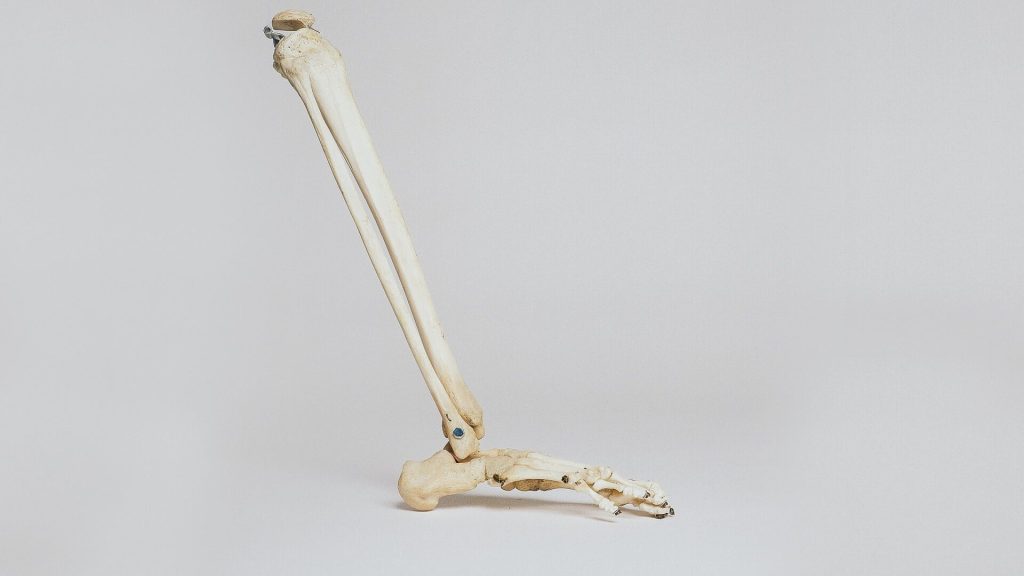Over 50s Have Greater Risk of Reduced Mobility after COVID

Adults over 50 with mild or moderate COVID have increased risk of worsening mobility and physical function, even if hospitalisation is not required to treat the virus, new research has found.
The study, published in JAMA Network Open, highlights the burden of COVID among middle-aged and older adults who are not hospitalised, and suggests that even those who experienced even mild COVID have lasting, troublesome symptoms.
Researchers surveyed more than 24 000 people over the age of 50 from across Canada during the initial phase of the lockdown in 2020 to determine the effect of a COVID diagnosis on their mobility.
The team looked at mobility issues including difficulty getting up from sitting in a chair, ability to walk up and down stairs without assistance and walking two to three neighbourhood blocks, as well as changes in participants’ ability to move around the home, engage in housework and physical activity.
“We found that even those with mild and moderate illness due to COVID experienced adverse changes in mobility and physical function compared to individuals without COVID,” said co-author Professor Susan Kirkland.
“These findings are worth noting because they indicate that the negative effects of COVID are much broader and impact a wider range of older adults than those who are hospitalised for COVID.”
Participants with COVID had nearly double the odds of worsening mobility and physical function, although most had mild or moderate symptoms. Of the 2748 individuals with confirmed, probable or suspected COVID, 94% were not hospitalised.
Individuals with confirmed or probable COVID had double the odds of worsening ability to engage in household activities and participate in physical activity than those without COVID. Similar results were found for those with suspected COVID.
“Our results showed there was a higher risk for mobility problems in people who were older, had lower income, those with three or more chronic conditions, low physical activity and poorer nutrition,” said co-author, assistant professor Marla Beauchamp.
“However, those factors alone did not account for the mobility problems we observed among people with COVID. Rehabilitation strategies need to be developed for adults who avoid hospitalisation due to COVID but still need support to restore their mobility and physical function.”
The researchers concluded that there is a need to further understand the long-term impacts of COVID and consider “the development and implementation of effective intervention and management approaches to address any persistent deficits in mobility and functioning among those living in the community.”
Source: Dalhousie University








